Written by Shizuko HOSOKAWA / Miyoko ARIYAMA
A special exhibition of Japanese dolls is now being held in the Central Hall of the National Museum from May 7 to July 8.
The exhibition is supported by the Embassy of Japan in Malaysia and the Japan Foundation, and 67 dolls are on display.
This special exhibition of Japanese beauty of art and culture has been held in many countries around the world.
The exhibition is divided into four sections.
The first section is ‘ningyo to pray for children’s growth’, doll culture in Japan developed out of rites to protect children against misfortune and to pray for their happiness.
The unique Japanese culture of praying to these dolls has been passed down to the younger generations even today.
Traditional Hina dolls were mainly decorated with seven tiers.
You will see Hina Ningyo of the Hina Matsuri festival at the center of the hall. They are called ‘Dairi-bina (Imperial couple)’ they are the main dolls used in the Hina Matsuri festival celebrated on March 3rd to pray for the happiness of girls.

The clothing worn by the doll shown here is designed after that worn by the current Emperor and Emperess during a special imperial rites called the Enthronement Ceremony; Sokui no rei in 2019.
Many of you may have remembered the visit of the current Emperor when he was a prince to the National Museum in 2017.
The second section is ‘ningyo as fine art’, the evolution of the doll making techniques. Around from the 17th century, sculpting techniques, delicate colours, and finely produced clothing evolved so much.
One of the great production is ‘Isho Ningyo; Maiko.’ Maiko is a young girl who performs professionally at traditional banquets in Kyoto.
The same weave, clothing and needlework is used with the same materials and methods to make the doll’s clothing as is used for actual clothes worn by Maiko.
The other doll called ‘Saga Ningyo; Enmei fuku no Kami’, the God of happiness and longevity.
Fuku no Kami is a God who brings good fortune. In his left hand he holds a bag that is filled with all sorts of treasures.
Saga Ningyo are one of the most luxurious Japanese dolls from the Edo period(1603-1868). Its distinctive feature is the finely applied gold leaf and paint on the costumes.
The third section is ‘ningyo as folk art’, featuring traditional dolls from all over Japan.
One of the most eye-catching dolls is the bright red, ball-like round doll Daruma.
The Daruma is a traditional Japanese doll that has been worshipped in Japan for centuries as a symbol of luck, success, and perseverance.
If the Daruma is said to bring good luck, how do we make use of it?
In fact, both eyes of the Daruma are empty when purchased.
After purchase, one eye is painted black when a wish is made. When this wish comes true or a goal is achieved, the other eye can be painted as well.
Similar to Darumas, the Kokeshi is a doll with no arms or legs, sold as a souvenir at hot spring resorts in the Tohoku region.
In some regions, it is believed that kokeshi dolls were created as a good-luck talisman to wish for the birth and healthy growth of a child.
Finally, the last section introduces the spread of Ningyo culture.
The reappraisal of dolls as art in modern times drove the emergence of many talented doll creators as works of art. As such, Japan’s doll culture further gave rise to the creation of collector figures which are popular throughout the world today.
Collector figures represent popular characters from games and animation. It is actually very difficult to recreate the 2D characters into 3D in a way that satisfies the expectations of the fans.
Come to the museum if you would like to know more about Japan’s Doll! There are many beautiful dolls for you to see and learn about.
It will surely be an enjoyable time for you.
>More videos from Japan Foundation (Japanese/English)
>The staff and curator of the National Museum gave an overvies to volunteer guids.
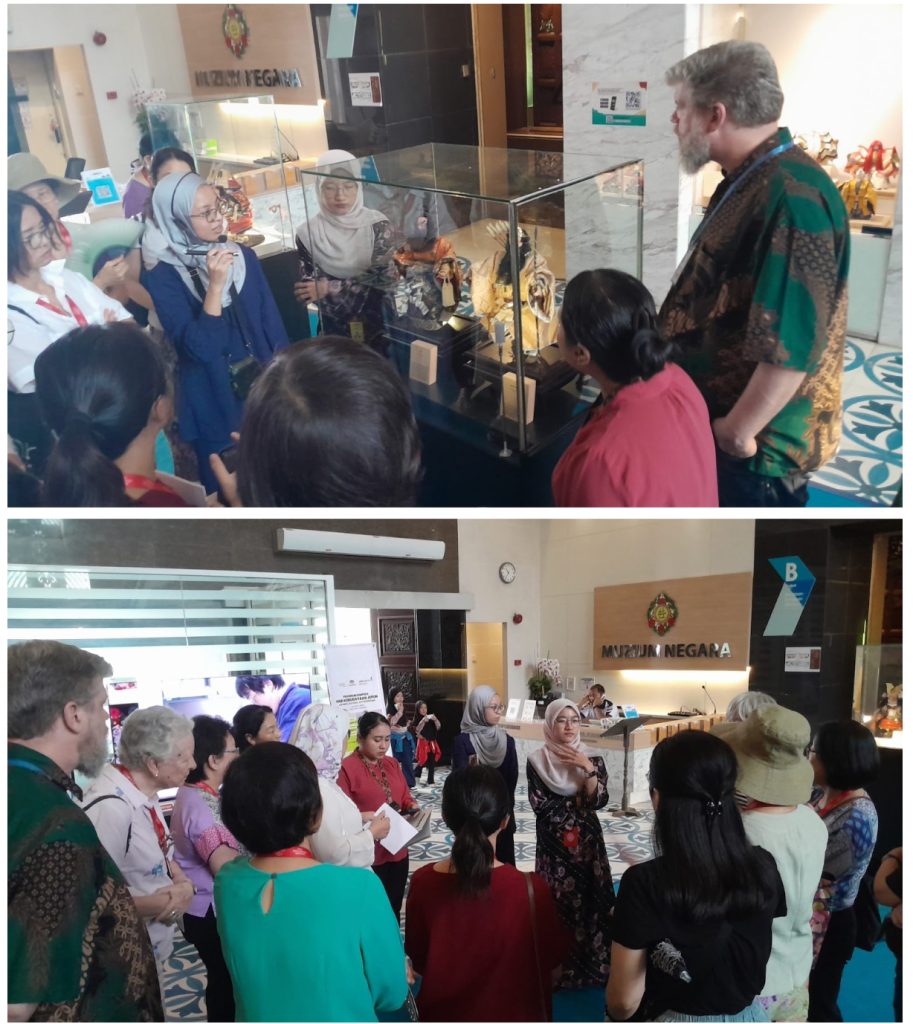

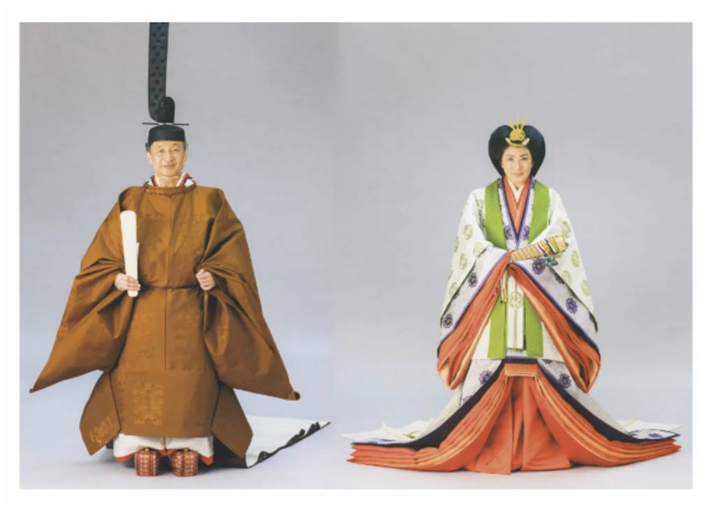
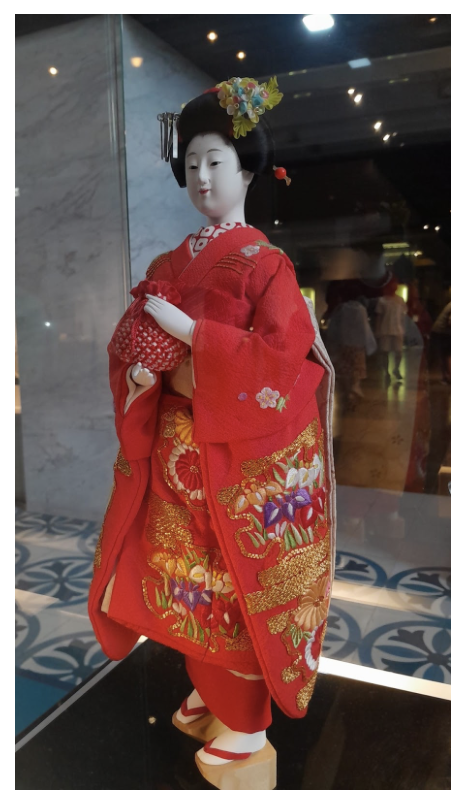
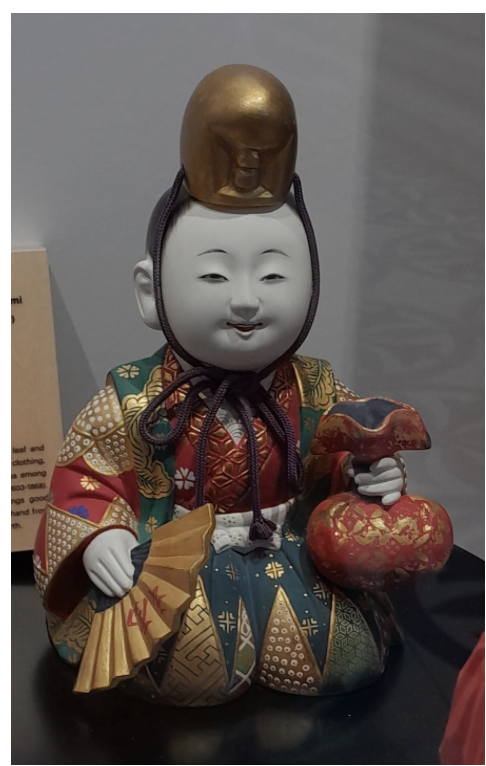

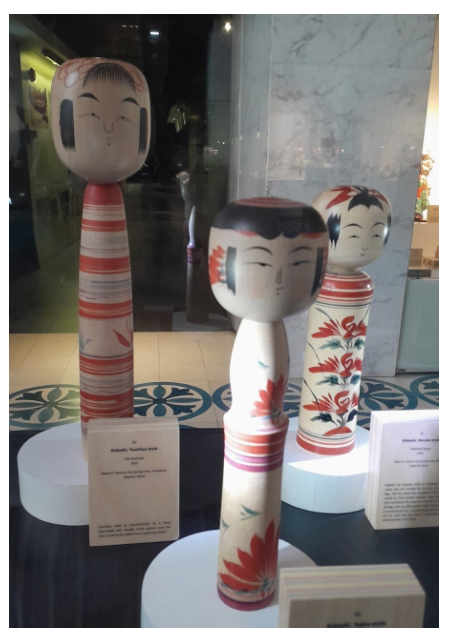
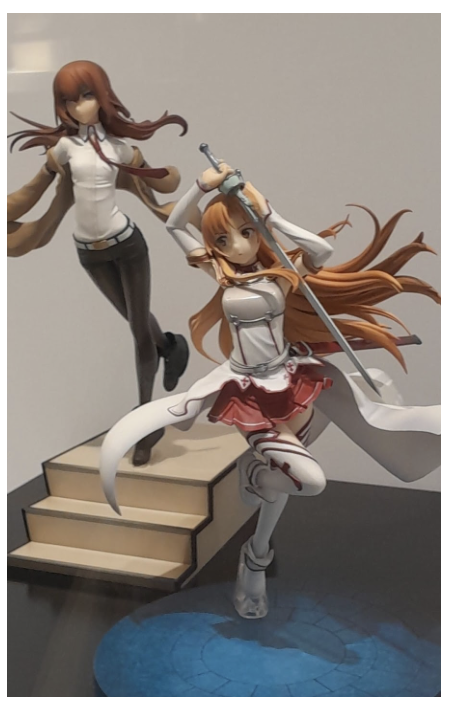
Thank you, Shizuko and Miyoko, for this write-up!